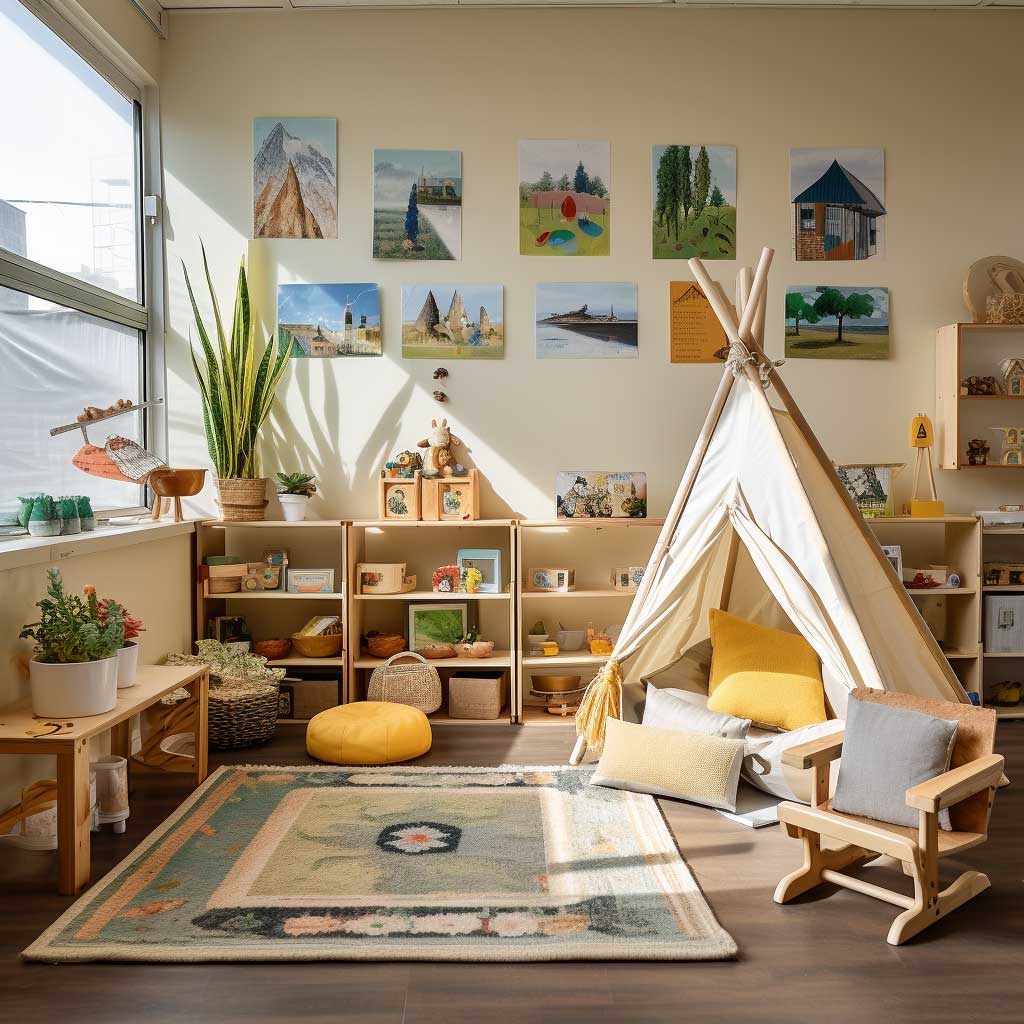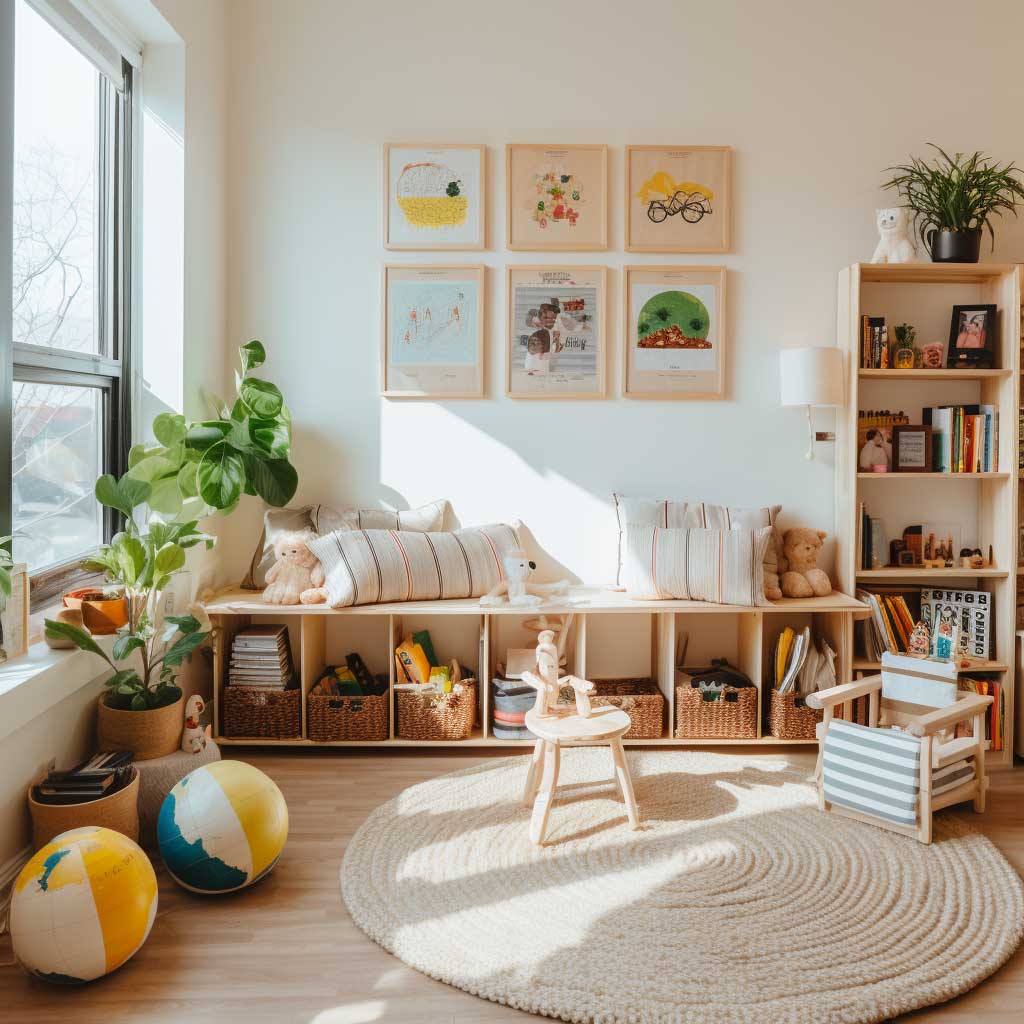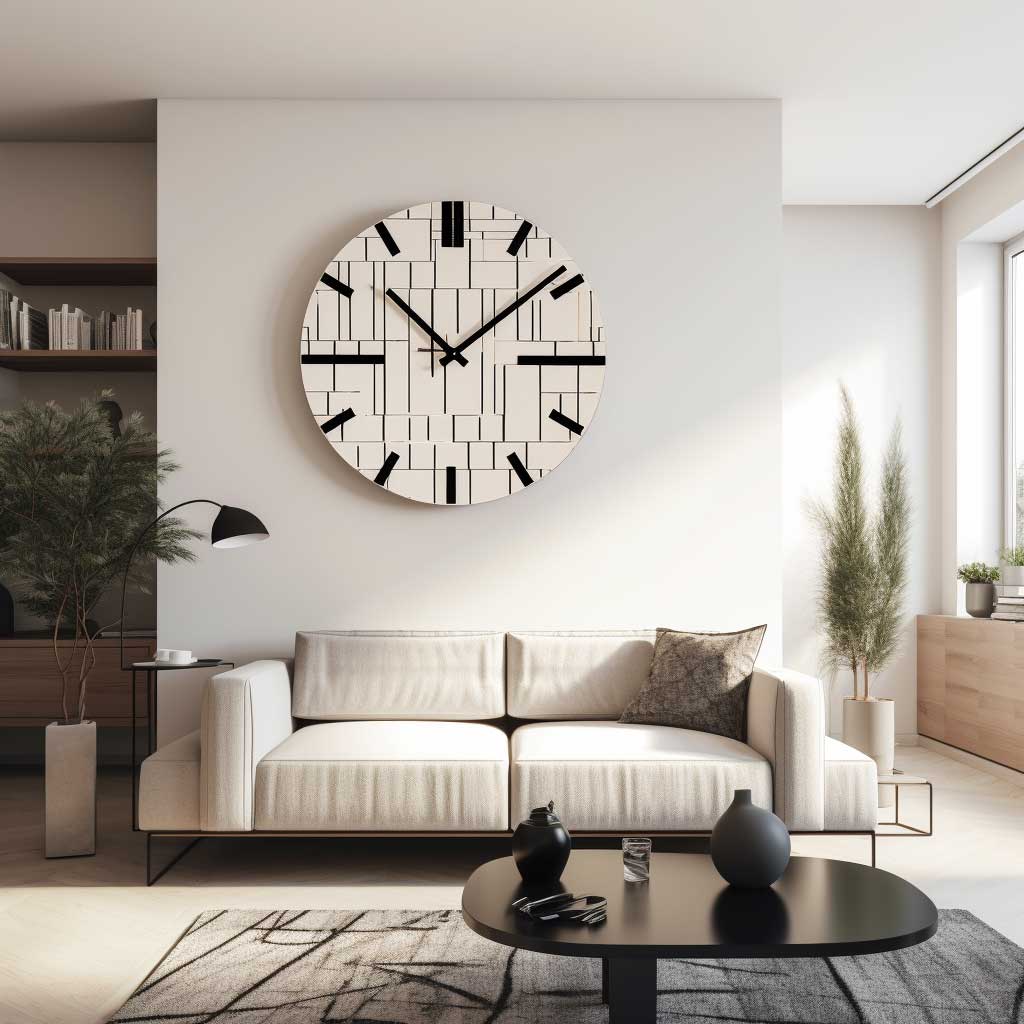Creating an engaging and educational environment for young learners starts with an effective preschool room set up. This concept goes beyond mere arrangement of furniture; it involves crafting a space that stimulates learning, encourages creativity, and ensures safety. In this article, we explore innovative ideas to set up preschool rooms that cater to the dynamic needs of young children. Whether you are a teacher, a preschool administrator, or a parent looking to create an educational space at home, these insights will guide you in designing a preschool room that is both functional and inspiring.
Bright and Engaging Preschool Room Setup




The foundation of a successful preschool learning experience begins with a bright and engaging room setup. This setup is not just about aesthetic appeal but also about creating an environment conducive to learning and growth for young children. A well-thought-out preschool room setup can stimulate curiosity, foster social interaction, and support the developmental needs of preschoolers.
In a bright and engaging preschool room, color plays a critical role. Vibrant, cheerful colors can stimulate the senses and create an inviting atmosphere. These colors can be incorporated through wall paint, furniture, rugs, and educational materials. The choice of color should be balanced – not too overwhelming but lively enough to maintain the children’s interest.
The arrangement of furniture and learning stations is crucial in a preschool room. Tables and chairs should be child-sized, comfortable, and arranged to promote interaction and collaboration among the children. Learning stations, like a reading corner, art area, or sensory play table, should be clearly defined and easily accessible. These stations should be equipped with age-appropriate and safe materials, encouraging children to explore and learn independently.
Safety is paramount in any preschool setup. This includes using non-toxic materials, ensuring furniture is sturdy and without sharp edges, and creating an uncluttered space to prevent accidents. The room should also be well-lit, preferably with natural light, to create a warm and welcoming environment.
In conclusion, a bright and engaging preschool room setup is essential in creating a stimulating and safe learning environment for young children. By carefully selecting colors, arranging furniture and learning stations thoughtfully, and prioritizing safety, educators and parents can create a space that not only looks appealing but also significantly contributes to the holistic development of preschoolers.
Creative Corners in Preschool Room Arrangements




Creating creative corners in a preschool room is a dynamic approach to early childhood education. This setup recognizes that young children learn best in environments that cater to their natural curiosity and offer varied opportunities for exploration. Each corner in the room serves a specific purpose, be it for quiet reading, imaginative play, or hands-on activities.
A well-set-up reading corner can be a haven for young learners. This area should be comfortable, with cushions or bean bags, and stocked with a variety of age-appropriate books. The space should be inviting, encouraging children to explore the world of stories and develop a love for reading.
The art corner is another vital component of a preschool room setup. It should be an area where children can freely express their creativity. The art station should be equipped with safe, easy-to-use materials like crayons, watercolors, and paper. The inclusion of an art corner not only supports artistic development but also aids in fine motor skills and cognitive growth.
Sensory play is an integral part of early childhood development, and creating a corner dedicated to this can significantly enhance learning. This area can include items like sand tables, water play stations, or tactile boards. Sensory play supports the development of problem-solving skills, coordination, and sensory processing.
In conclusion, incorporating creative corners in a preschool room setup is an effective way to support the various aspects of a child’s development. These specialized areas provide opportunities for children to explore, learn, and grow in a structured yet stimulating environment.
Streamlined Layout for Preschool Learning Spaces




A streamlined layout in preschool room setup is essential for creating an orderly yet flexible learning environment. This approach involves organizing the space in a way that maximizes efficiency and minimizes chaos, making it easier for children to focus and engage in activities.
In a streamlined preschool room, space management is key. The room should be divided into clear zones for different activities – a quiet area for reading, a space for group activities, and individual learning stations. These zones should be easily identifiable and accessible to the children.
Furniture in a streamlined preschool room should be functional and versatile. Items like modular storage units, adjustable tables, and movable chairs allow for flexibility and can be rearranged according to the day’s activities. This flexibility is crucial in maintaining an organized space that can adapt to the varying needs of preschoolers.
The use of visual cues is an effective tool in a streamlined setup. Labels, signs, and color-coded areas can help children understand where each activity takes place and where materials belong. This not only aids in maintaining order but also supports the children’s ability to follow routines and become independent learners.
In conclusion, a streamlined layout for preschool learning spaces plays a crucial role in creating an effective learning environment. By carefully planning the space, using functional furniture, and incorporating visual cues, educators can create a preschool room that is organized, flexible, and conducive to learning.
The art of setting up a preschool room is an integral part of shaping young minds. It requires a thoughtful balance between playful elements and educational tools, all within a safe and welcoming space. Innovative setups can transform the learning experience, making it more enjoyable and effective for children. Embracing creativity in preschool room arrangements not only aids in the cognitive development of young learners but also nurtures their imagination and social skills. An effectively set up preschool room is a cornerstone in providing a solid foundation for lifelong learning.












